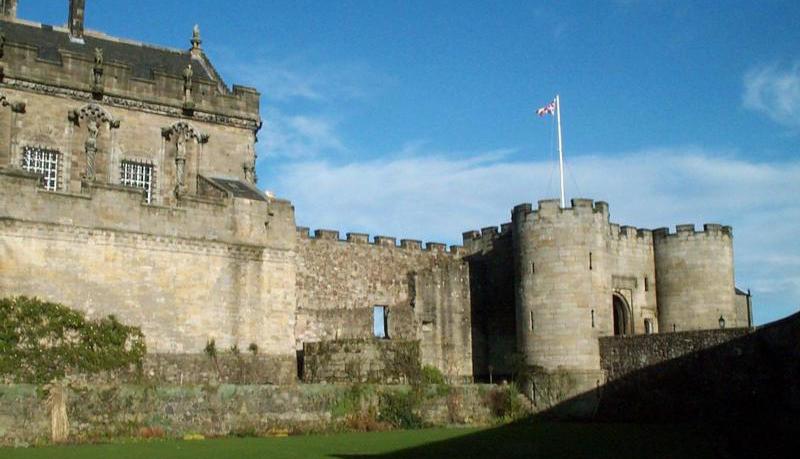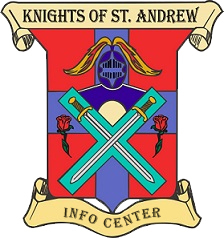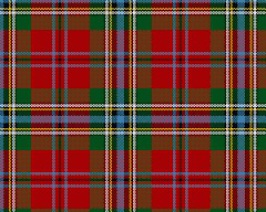
Origins of the Scottish Rite, Knights of St. Andrew
Templar Roots
The Order of the Knights of the Poor Fellow Soldiers of Christ and the Temple of Solomon, or the Knights of the Temple was established in 1119. The Templars were the first priestly order of armed knights. The order was created to provide safe transit for Christian Pilgrims visiting the Holy Land from Europe.
Knights swore allegiance to the Pope and took vows of poverty, loyalty and chastity. The order grew in numbers and popularity as they fought to keep the Holy Land open. Their business acumen made the most of the gifts granted them by their grateful patrons in Europe.
One of the true supporters of the Templars was Bernard de Clairvaux (later canonized as Saint Bernard) who described them in 1135 as, “A Templar Knight is truly a fearless knight, and secure on every side, for his soul is protected by the armour of faith, just as his body is protected by the armour of steel. He is thus doubly armed, and need fear neither demons nor men."
Despite the sacrifice and devotion of the Templars, in 1307 the order was declared heretical by Pope Clement V acting on the insistence of Phillip the Fair of France. On Friday, October 13, 1307, members of the order in France were arrested. Imprisoned, many were executed, more tortured, and all impoverished. In most of Europe, the Estates of the Order were confiscated and divided between the sovereign, the Knights Hospitalers (Knights of St. John of Jerusalem or Knights of Malta) and the Pope.
When the Grand Master, Jacques DeMolay and the Preceptor of Normandy, Geoffrey de Charney were burned alive, on March 18, 1314, the Templars no longer had a common head, nor could anyone maintain their organization under their old name, which had become so famous.
Their possessions stolen, their leaders incarcerated for life or put to death, the brethren were persecuted in every way. The survivors were compelled to leave their homes to save their lives. They laid aside the garb of the Temple and mingled in the world. Many former Templars joined other orders.
Dispersal to Scotland
In Portugal, they were announced as innocent and the name of the order was changed to the Order of Christ. In England, King Edward proscribed them and forbade them to remain in the realm, unless they entered the Commandries of the Knights of St. John of Jerusalem. In Scotland, they found protection and joined the army with which King Robert Bruce met the invasion of his country led by Edward II of England.
The Battle of Bannockburn was being fought on the 24th day of June, 1314 when a group of exiled Templars rode into the fray and turned the tide of battle. This intervention may well have tipped the scales in favor of Scottish independence.
In gratitude for the assistance of that group of former Templars, Robert the Bruce created the Order of Saint Andrew du Chardon (of the Thistle) of Scotland.
King Robert reserved the title of Grand Master for himself and his successors forever. He granted a charter of land to the members of his new Order. Prince Charles Edward Stuart was the last Grand Master of the Scottish Order and exercised his powers by establishing a Chapter of Rose Croix at Arres, France.
Ancient & Accepted Scottish Rite
When the Ancient and Accepted Scottish Rite was organized in the early 1730s, explanatory degrees were added to those of the Blue Lodge. Degrees of the Rites of Heredom and Perfection along with other degrees and rites from Scotland, France, and Germany were added. The 29th Degree became the “Scottish Knight of St. Andrew.” Exemplifying the qualities of the Knights Templars and those of the Order of St. Andrew du Chardon, this degree remains with us today.





